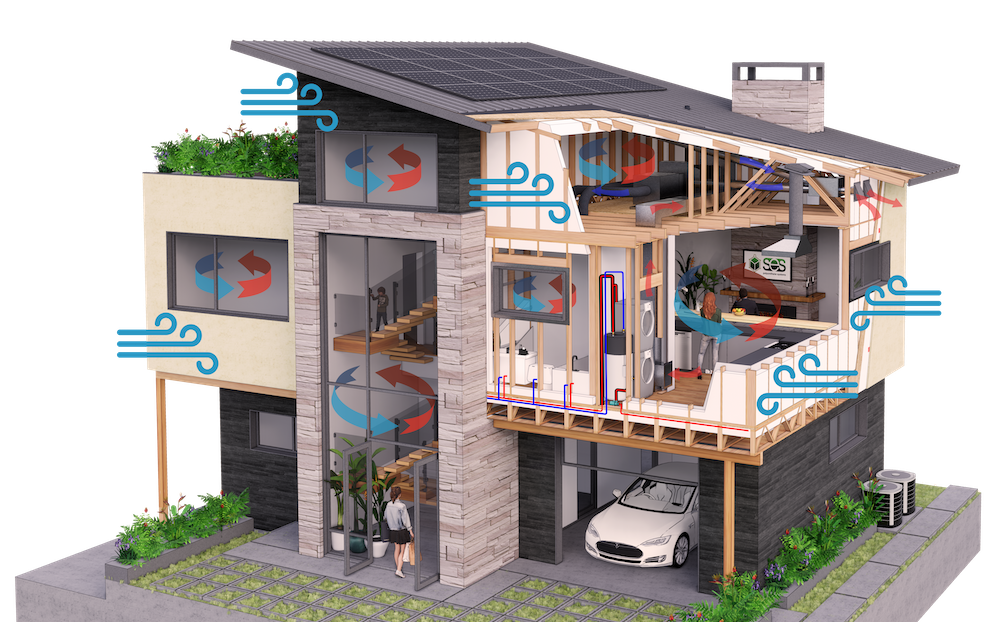

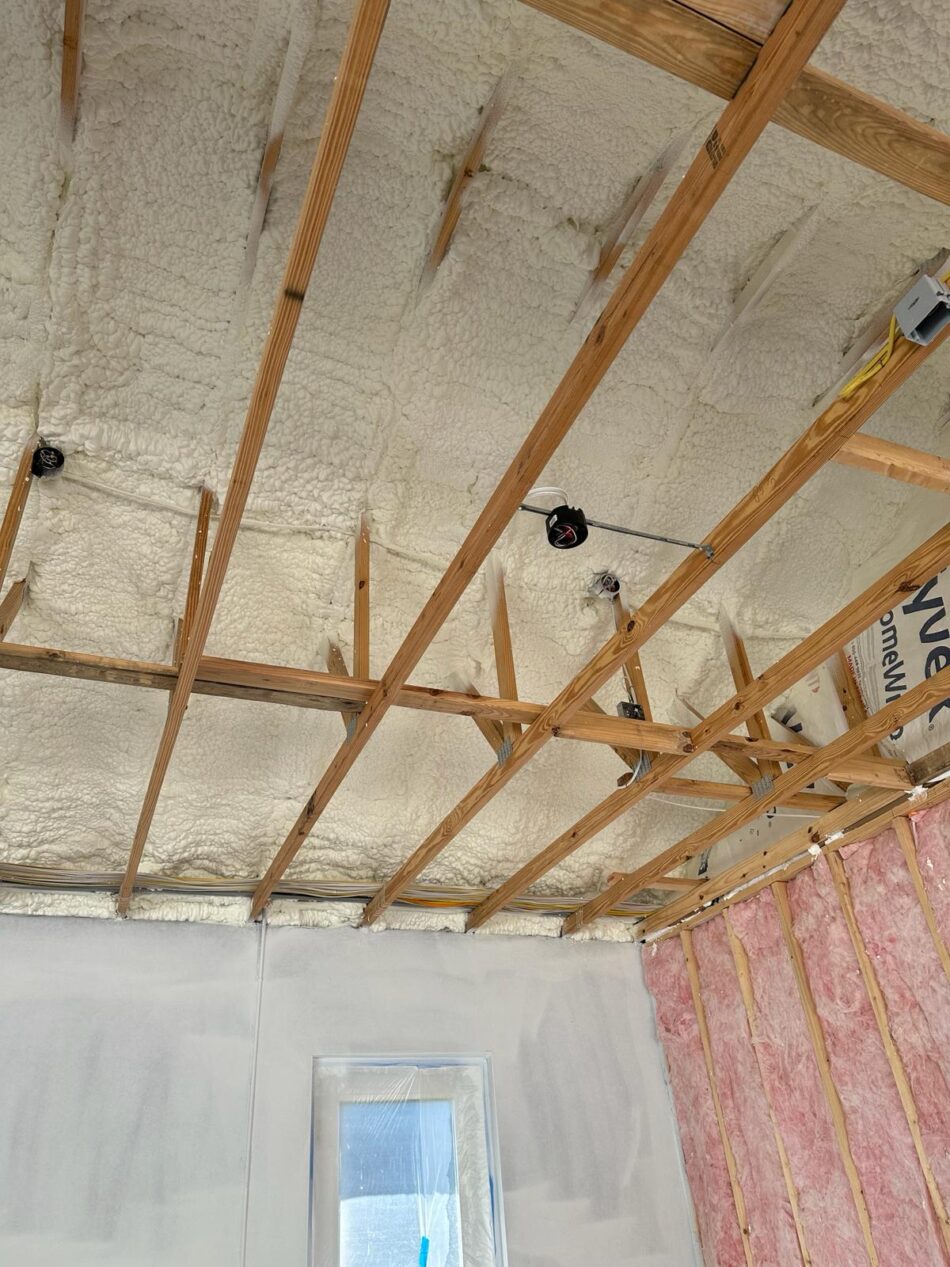
Open cell spray foam is a soft, flexible insulation that expands to fill gaps and create an airtight seal. It’s great for reducing energy bills, blocking noise, and improving comfort.
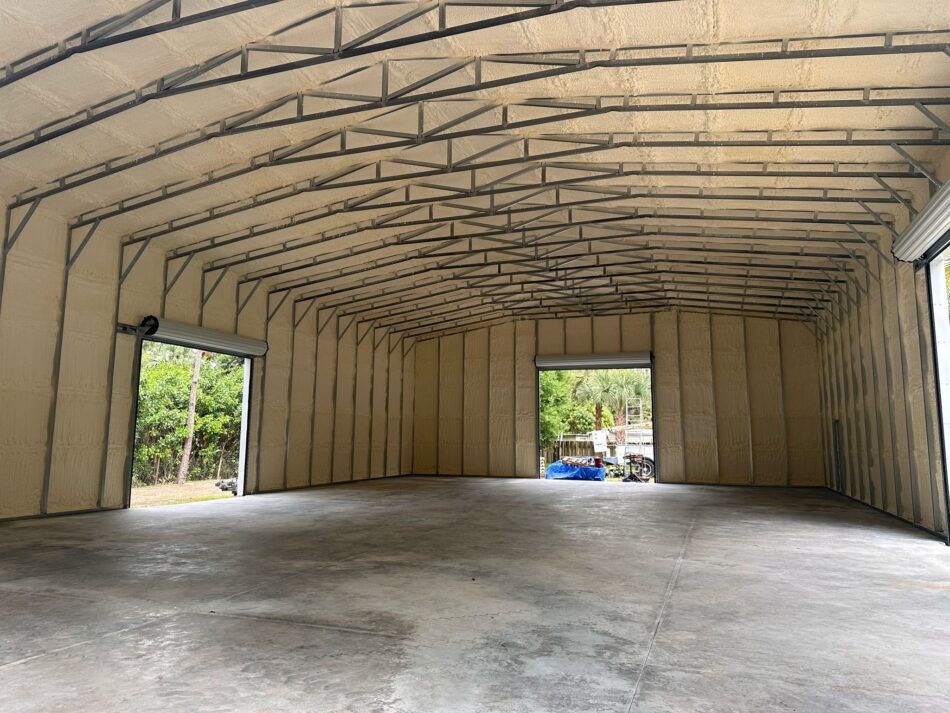
Closed cell spray foam is a rigid, high-density insulation that creates a strong air and moisture barrier. It’s great for energy efficiency, adds structural strength, and works well in areas prone to moisture
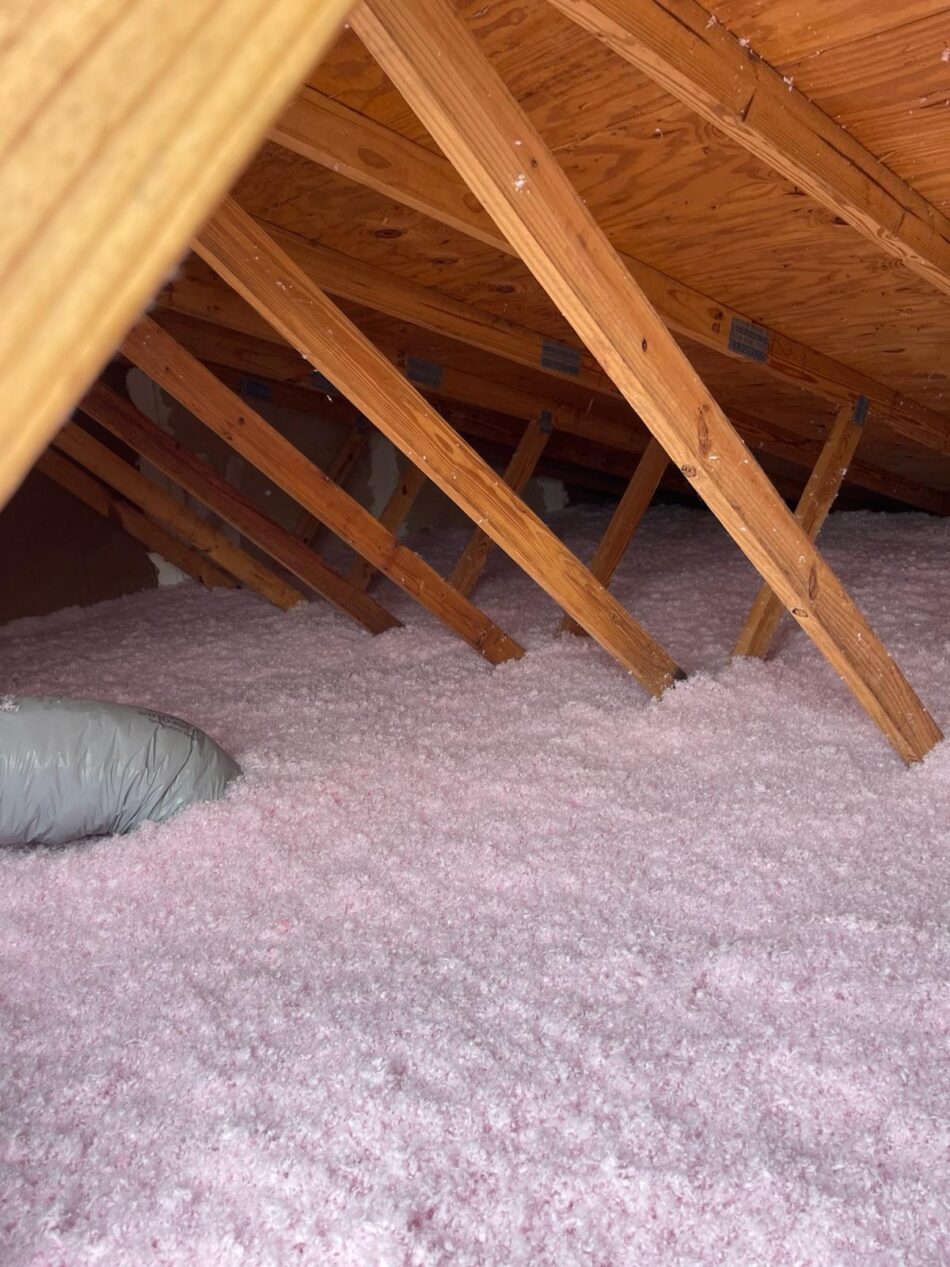
Blown-in insulation is loose material (fiberglass) that's blown into walls or attics to improve insulation, especially in hard-to-reach areas.
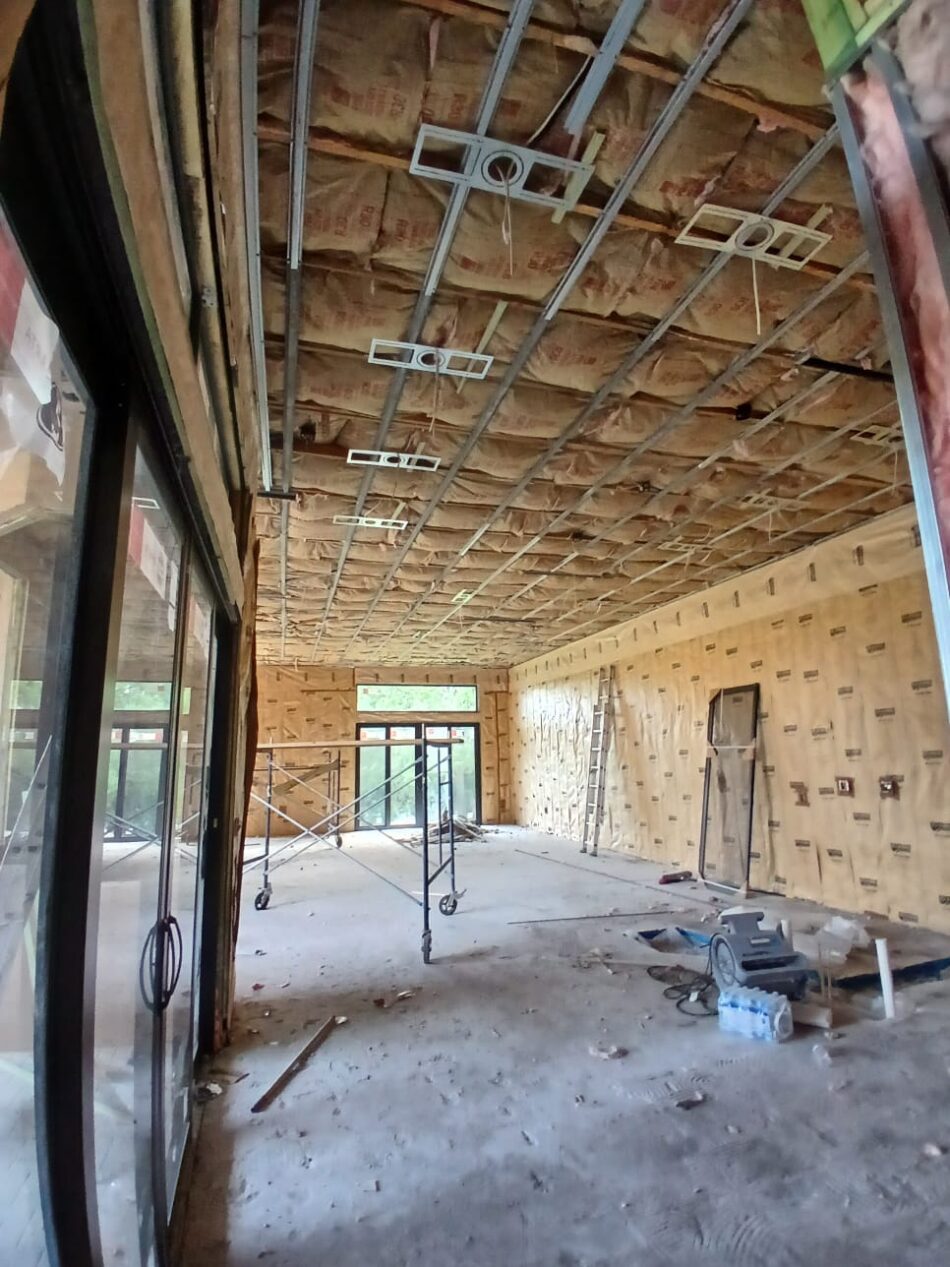
Batt insulation is pre-cut panels of fiberglass or mineral wool used to insulate walls, floors, and ceilings. It's one of the most common insulation types.
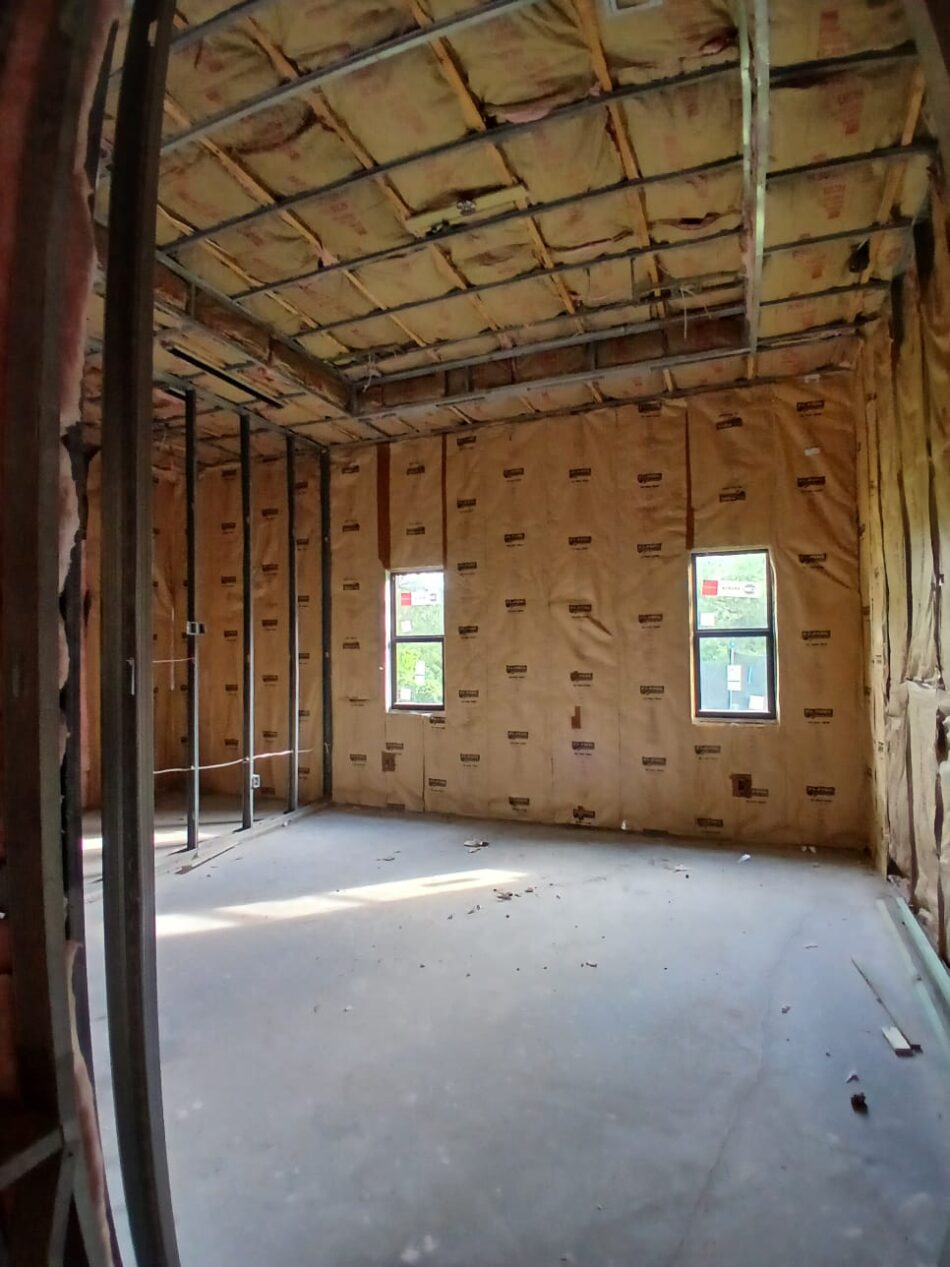
Also known as FI-FOIL, is designed to act as both a radiant barrier and a vapor retarder. It’s often used in masonry walls (like CBS) to improve energy efficiency.
Excellent Air Seal – Expands to fill every crack and gap.
Sound Dampening – Great for reducing noise between rooms and floors.
Flexible & Lightweight – Expands more, ideal for hard-to-reach areas.
Cost-Effective – Lower material cost than closed-cell foam.
Breathable – Allows moisture vapor to pass, which can help in certain applications.
High R-Value – Offers more insulation per inch.
Moisture Barrier – Resists water
Adds Structural Strength – Rigid foam adds durability to walls and roofs.
Air & Vapor Barrier – Excellent for climate control.
Long-Term Durability – Doesn’t sag, compress, or degrade easily.
